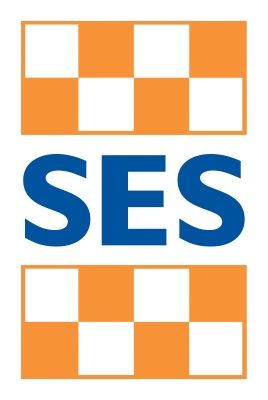Flood information for the Strathbogie Shire Council, encompassing local flood guides and a Municipal Flood Emergency Plan.
Strathbogie Shire Council Flood History
Strathbogie Shire Council has a history of flooding including a significant flood event in 1993 –most recent and in many areas, the largest on record which impacted the townships of Violet Town, Euroa, Avenal and vast extents of rural areas resulting in extensive damage.
Large severe floods within the Municipality generally occur as a result of a moist warm airflow from northern Australia bringing moderate to heavy rainfall over a period of 12 hours or more following a prolonged period of general rainfall.
The period of general rainfall “wets up” the catchments and (partially) fills the natural floodplain storage. These two effects combine to increase the runoff generated during the subsequent period of heavy rainfall.
Large but less severe floods result from sequences of cold fronts during winter and spring that progressively wet up the catchments and fill the natural floodplain storage. Heavy rain leads to major flooding.
Water level rises within the Municipality’s creeks tend to be quite quick and arrive within the townships adjacent to the waterways within 6 to 12 hours after the start of heavy rainfall. Rises in the Goulburn River are much slower.
Short duration, high intensity rainfall (usually associated with thunderstorms) can also cause localised flooding within the urbanised areas of the Municipality and along overland flow paths when the local urban drainage system surcharges.
Such events, which are mainly confined to the summer months, do not generally create widespread flooding since they only last for a short time and affect limited areas. Flooding from these storms occurs with little warning and localised damage can be severe.
High intensity rainfall such as associated with thunderstorms giving average rainfall rates of typically more than 20 mm/hour for an hour or more) is likely to lead to high flows in local creeks as well as flash flooding and / or overland flows, particularly in the more urbanised parts of the Municipality.
Blocked or capacity impaired stormwater drains can also lead to overland flows and associated flooding: the drain surcharges and excess water flows above ground. The likely location of such flooding is hard to predict other than in cases where a drain has a past history of surcharging. Council maintenance records may provide some guidance in such cases.
The lead time to respond to a flood event may be limited. All households and businesses at risk of flooding should develop an emergency plan and beware of their flood risk.
Euroa Local Flood Guide
Violet Town Local Flood Guide
About Flood Guides
Communities can use local flood guides to identify and better understand their local flood risk. They include information about: flood history, how to prepare & respond to floods and who to contact.
Contact Information
Local SES Units
- Euroa VICSES Unit:
37 Clifton Street,
Euroa.
Municipal Flood and Storm Plan
Strathbogie Flood Emergency Plan - Updated June, 2020








